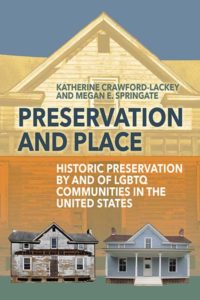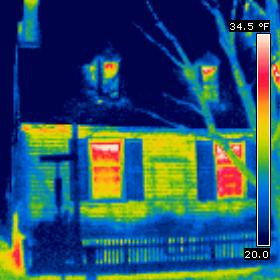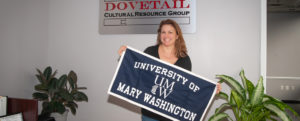
Preservation and Place:
Historic Preservation by and of LGBTQ Communities in the United States, edited by Katherine Crawford-Lackey and Megan E. Springate.
The jury for the Center for Historic Preservation Book Prize recently met over Zoom and selected this year’s winner. The make up of the jury and a blurb about the book are below. Details about the Book Prize can be found here: https://cas.umw.edu/hisp/chp/book-prize/
University of Mary Washington Center for Historic Preservation Book Prize




